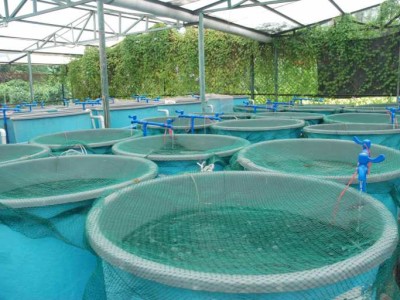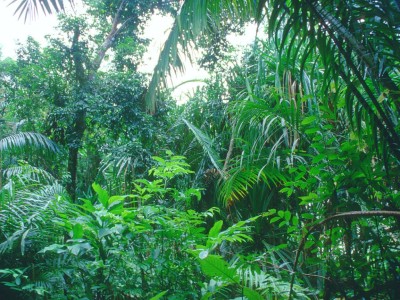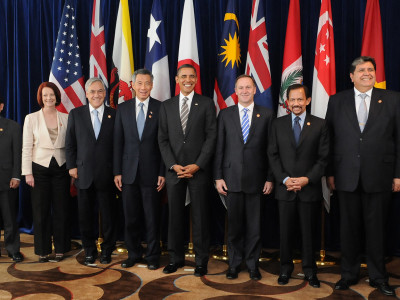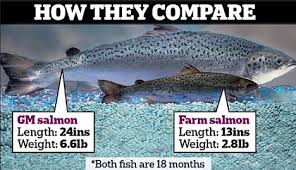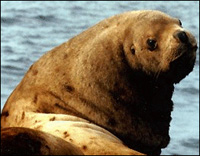Biodiversity & Species
Oak woodlands and wine
A recent controversy highlights the impacts of wine industry on native California oak woodlands
A popular San Luis Obispo county winemarker is suffering a backlash in restaurants after press reports that the winemaker bulldozed oak woodlands to expand production—possibly in violation of a county land grading ordinance. The dispute (as this Wine Enthusiast piece makes clear) is not a novel one. There is a long history of winemakers in …
Continue reading “Oak woodlands and wine”
CONTINUE READINGLet Us Now Praise Famous Plants
Taking environmental law education outdoors
Lawyers spend their lives among tree slices (using 20,000-100,00 sheets of paper per attorney annually), but distressingly little time among whole trees. This became evident when I hauled a class of bemused clinical environmental law students up a wooded slope near the UC Berkeley campus this spring for a lesson spanning ecology, agency jurisdiction, and …
Continue reading “Let Us Now Praise Famous Plants”
CONTINUE READINGFinding Least-Conflict Lands For Solar PV In California’s San Joaquin Valley — And Beyond
New CLEE report identifies 470,000 acres of ideal land for solar PV, with 4pm webex briefing with state officials
To achieve California and the post-Paris world’s climate goals, we’re going to need a whole lot more renewable energy. Given current market trends, much of it will come from solar photovoltaic (PV), which has gotten incredibly cheap in the last few years. But deploying these solar panels at utility scale will mean major changes to …
CONTINUE READINGThe Case for Farmed Fish
Aquaculture could help save wild fisheries from devastation.
It’s time to take a second look at fish farms. Environmentalists, not to mention foodies, tend to turn up their noses at fish farms. It’s true that badly managed fish farms can be a source of water pollution and other environmental problems. But sustainable fish farming would have major environmental benefits. To begin with, fish …
Continue reading “The Case for Farmed Fish”
CONTINUE READINGThe “Northern” Bias in Biodiversity Protection
We focus heavily on U.S. endangered species. But the real action is elsewhere.
American environmentalists are deeply invested in protecting endangered species in the U.S. That’s natural, and U.S biodiversity is worthy of protection. But focusing on the U.S. gives a misguided sense of the relative importance of U.S. biodiversity. But in the grand scheme of things, biodiversity in the global South is far, far more important. A …
Continue reading “The “Northern” Bias in Biodiversity Protection”
CONTINUE READINGLegacy Goods and Environment Preservation
The value of some goods like wilderness today depends on their futures.
Normally, economists imagine, equal experiences become less valuable as they recede further into the future. But some types of goods don’t have that kind of relationship with future experiences. They can become more valuable as they extend farther into to the future. Take this blog post, for example. I’m really happy that you’re reading it …
Continue reading “Legacy Goods and Environment Preservation”
CONTINUE READINGThat Takes the Prize!
National Science & Technology Medals for Renewable Energy Research
The White House announced the names of the scientists and engineers who will be receiving National Medals next year. I was very pleased to see that one of the winners of the National Medal of Science is Paul Alivisatos from Berkeley. Dr. Alivisatos is a chemistry professor who is also Director of the Lawrence Berkeley National Laboratory …
Continue reading “That Takes the Prize!”
CONTINUE READINGTPP or not TPP? Understanding the Environmental Debate over the Trans-Pacific Partnership Trade Agreement
The Obama administration recently notified Congress of its intent to sign the Trans-Pacific Partnership trade agreement (TPP) and released the text to the public. The TPP has proven extraordinarily contentious, splintering political party lines, with likely more Republicans supporting the agreement than Democrats, and dividing environmental groups, as well, with the Sierra Club, Greenpeace and NRDC opposed …
CONTINUE READINGCould FDA’s Approval of GMO Salmon Actually Be Good for the Environment?
Farmed GMO fish could help reduce pressures on wild stocks.
FDA has — after more than two decades of consideration — approved the marketing of genetically modified salmon in the U.S. As the NY Times reports, this decision has had push-back from the quarters you might expect . Says one critic: “This unfortunate, historic decision disregards the vast majority of consumers, many independent scientists, numerous members …
Continue reading “Could FDA’s Approval of GMO Salmon Actually Be Good for the Environment?”
CONTINUE READINGAttack of the Killer Blob
A weird patch of warm weather is killing sea lions and poisoning crabs.
There’s a weird area of warm water, which has come to be known as the Blob, sitting offshore of the West Coast. That doesn’t sound too significant, except perhaps in terms of making things more pleasant for swimmers. But actually, it’s causing a whole cascade of impacts on wildlife and humans. As the Chronicle explains: “The …
Continue reading “Attack of the Killer Blob”
CONTINUE READING





